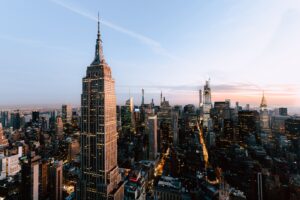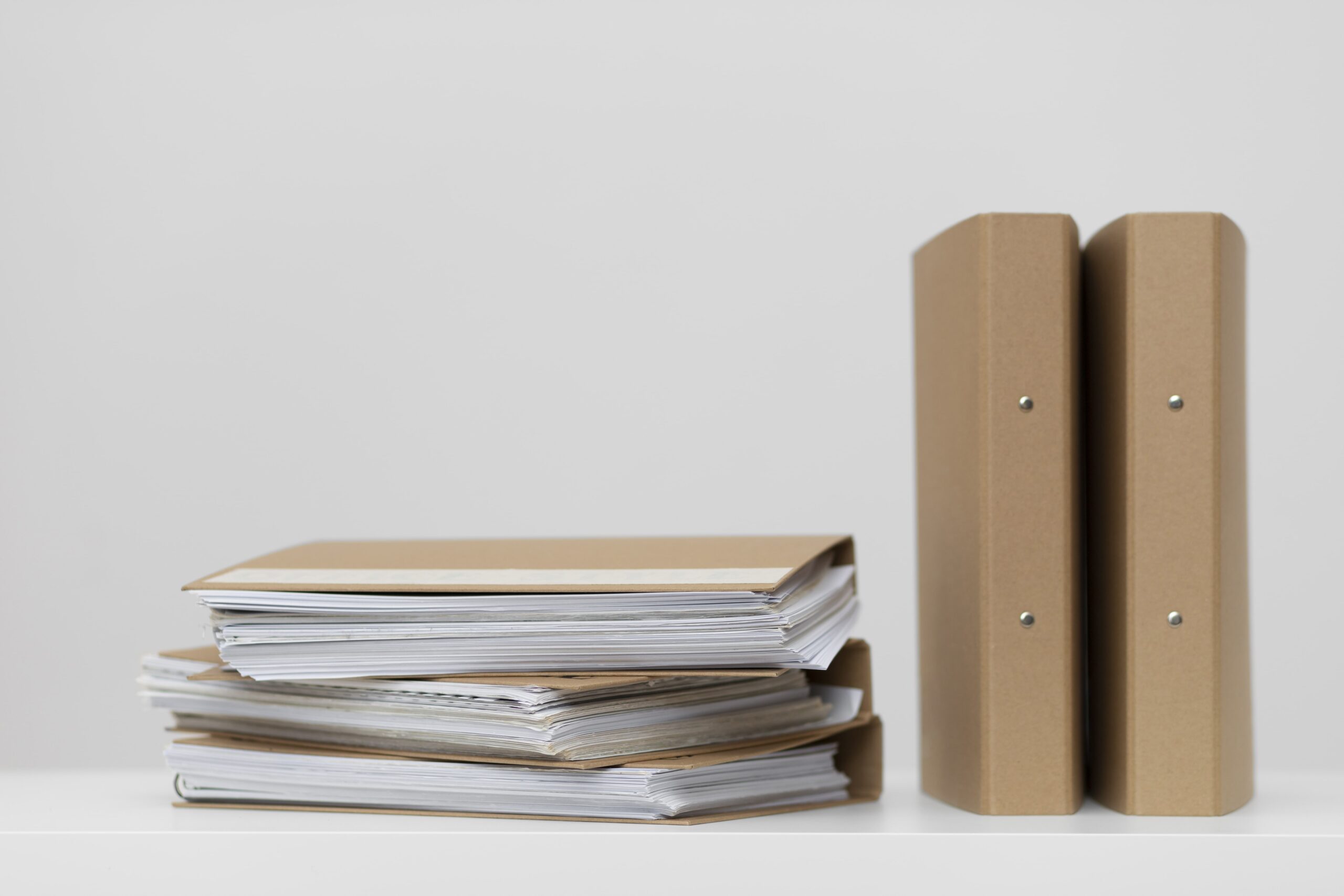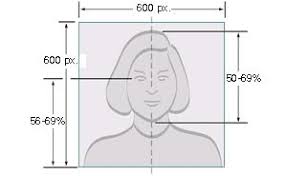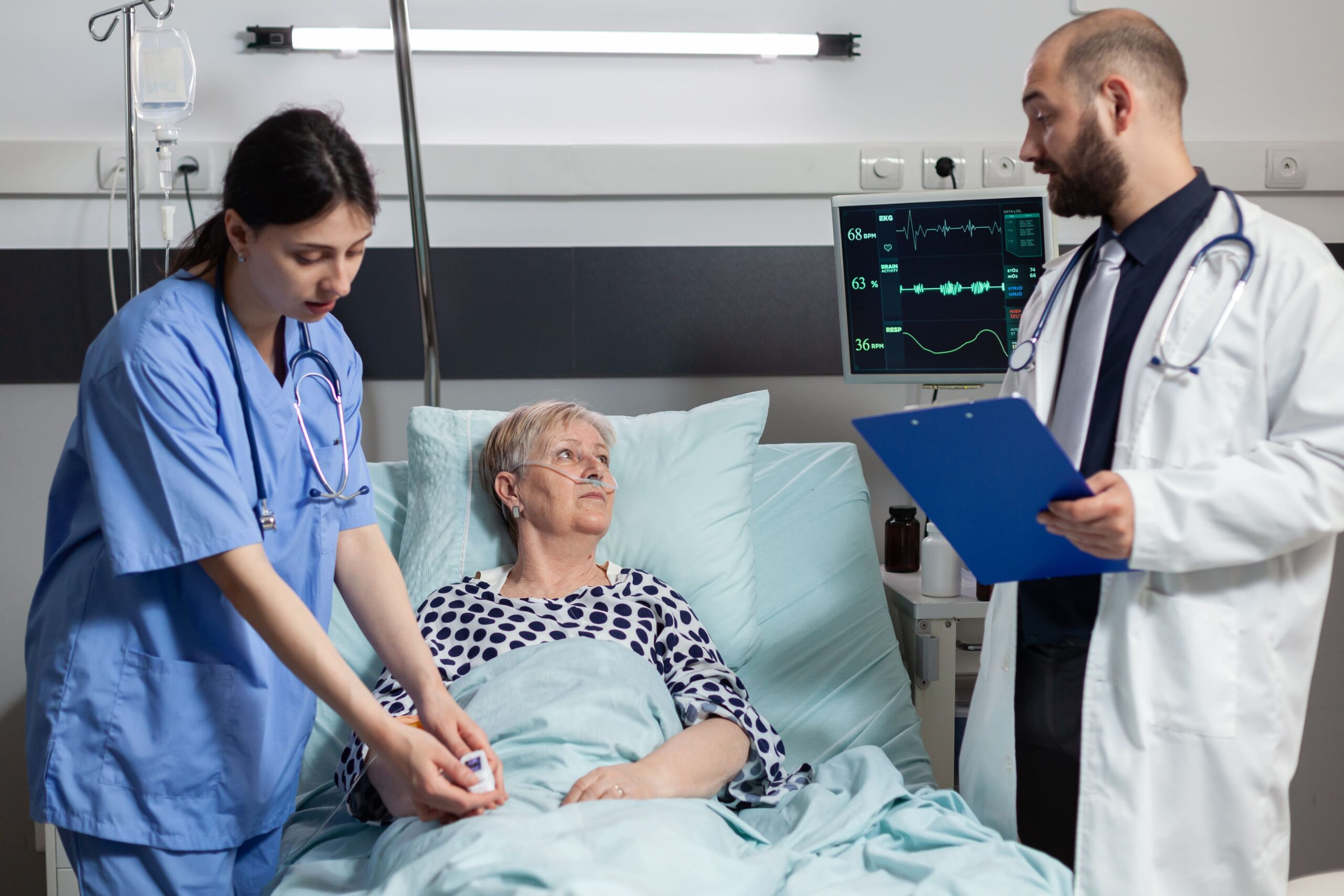New York City travel guide | Top 10 Places You...
Read More
Discover everything you need to know about the B1/B2 visa for travel to the U.S., including application requirements and benefits.
As a foreign national planning to travel to the United States for non-immigrant purposes, it’s important to determine which visa to apply for. The B1/B2 visa is a non-immigrant visa designed for people traveling to the United States. If you are planning to attend business meetings or conferences, you should apply for the B1 visa. If your purpose is leisure or medical treatment, then you should opt for the B2 visa. If you plan to engage in both business and leisure activities during your visit, you should apply for the B1/B2 visa
Familiarizing yourself with the regulations and requirements will streamline the application process, help you prepare adequately, and increase your chances of obtaining the visa.
– Attending scientific conferences or business conventions.
– Participating in business activities.
– Tourism.
– Visiting friends or relatives.
– Medical treatment.
– Attending non-paid events.
– Enrollment in non-degree courses.
You cannot obtain the B1/B2 visa if you are traveling for the following reasons
- Studying.
- Working.
- Paid performances.
- Serving as an aircraft crewmember.
- Press or media purposes.
- Seeking permanent residence.
- Immigration-related purposes.
- Birth tourism.
Applicants must fill out the DS-160 form and upload a photo that meets U.S. photo requirements. You can access the DS-160 form here.
You can book an interview in the country where you are residing. If you are traveling, you may schedule an interview in a different country.
Pro Tip: Wait times may vary depending on the season, location, and visa category, so it’s advisable to book your appointment early.
The visa application fee must be paid prior to the interview.

- A valid passport (must be valid for at least six months beyond your intended travel to the United States).
- DS-160 Confirmation Page.
- Application fee payment receipt.
- A photo meeting U.S. requirements (explained below).

The photo must be in color
Taken within the last 6 months.
Must not have been used for any prior U.S. visa applications.
5 cm x 5 cm (2 inches x 2 inches).
Not larger than 240 KB.
Plain white background.
The face must not be edited with Photoshop or AI.
Do not wear glasses or large accessories that obscure the face.
If wearing a head covering for religious purposes, ensure your face is fully visible from the chin to the forehead.
Providing proof of your travel plans can demonstrate your intentions. Be prepared to answer questions about:
The tourist sites you plan to visit.
Who you will be visiting and where they live.
An itinerary and hotel bookings are excellent supporting documents.
This can include the address of a friend or family member or a confirmed hotel reservation.
A recent bank statement can help prove you have sufficient funds to cover all your expenses during the trip.
Documentation of your belongings or property in your hometown can demonstrate your strong ties to your home country, indicating that you intend to return.
The duration of the B1/B2 visa can vary depending on the consulate that processes your application. Typically, the visa is valid for one year and allows for multiple entries into the United States, with a maximum stay of six months per visit.
The B1/B2 visa permits multiple visits for tourism or business purposes, providing greater convenience for travelers.
There is no established limit on the number of times you can enter the U.S. during the visa's validity period.
The visa can be issued for up to 10 years in some cases, allowing for long-term travel plans.

If you are planning to travel to the United States for medical treatment, you may need the following documents:
A detailed report explaining your medical condition and the necessity for treatment in the U.S.
A letter from a physician in the United States who is willing to accept your case. This should include details about the proposed treatment, the expected duration of treatment, and an estimate of the associated costs.
Documentation demonstrating that you have the financial means to cover all medical expenses related to your treatment
Failing to fill out the DS-160 form accurately can lead to rejection.
Demonstrating intentions to immigrate rather than temporarily visit the U.S. can result in denial.
Any history of drug-related offenses can negatively impact your application.
Having two or more criminal convictions with a combined sentence of five years or more may lead to denial.
Past instances of violating U.S. visa terms can adversely affect your current application.
Applying for the B1/B2 visa is straightforward, provided you familiarize yourself with the process and prepare the correct documents. The most crucial aspect is to use the visa appropriately and in accordance with its intended purpose. There are various legal avenues for immigration, so it's essential to choose the right visa based on your intentions. By making informed choices, you can streamline the application process for yourself and help others navigate it more easily. With the right preparation, you can ensure a successful and fulfilling visit to the United States.
WhatsApp us